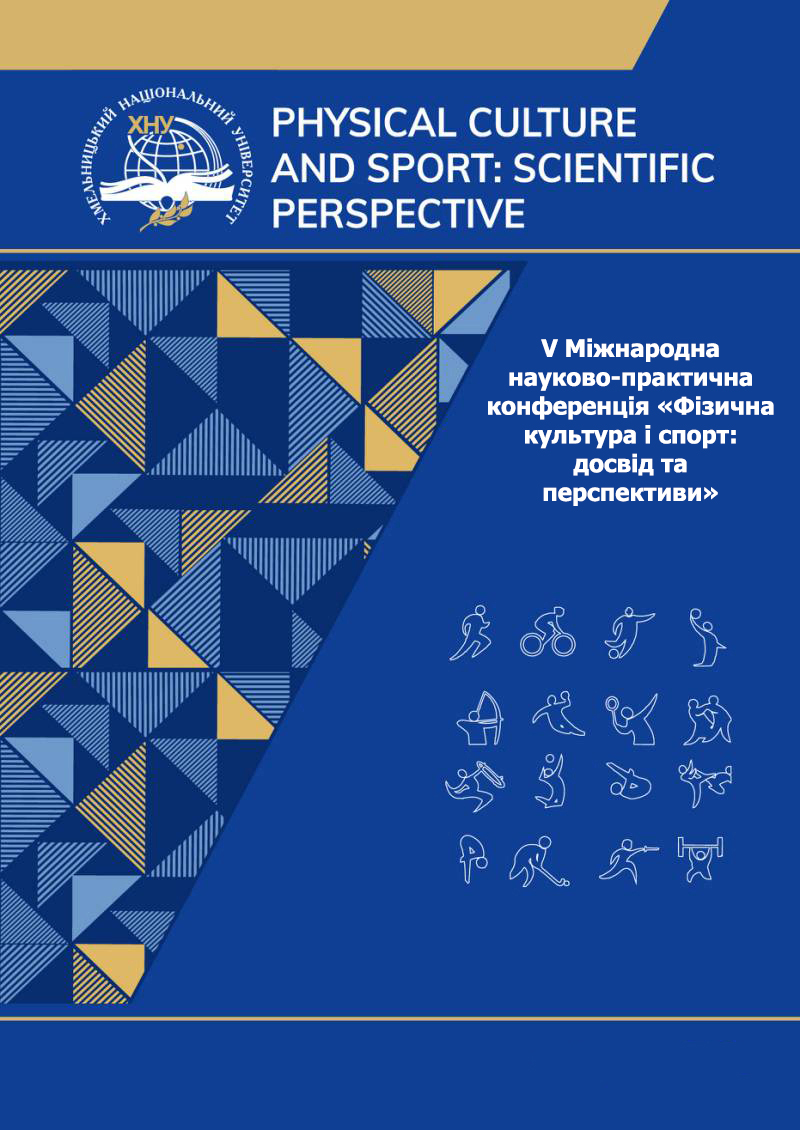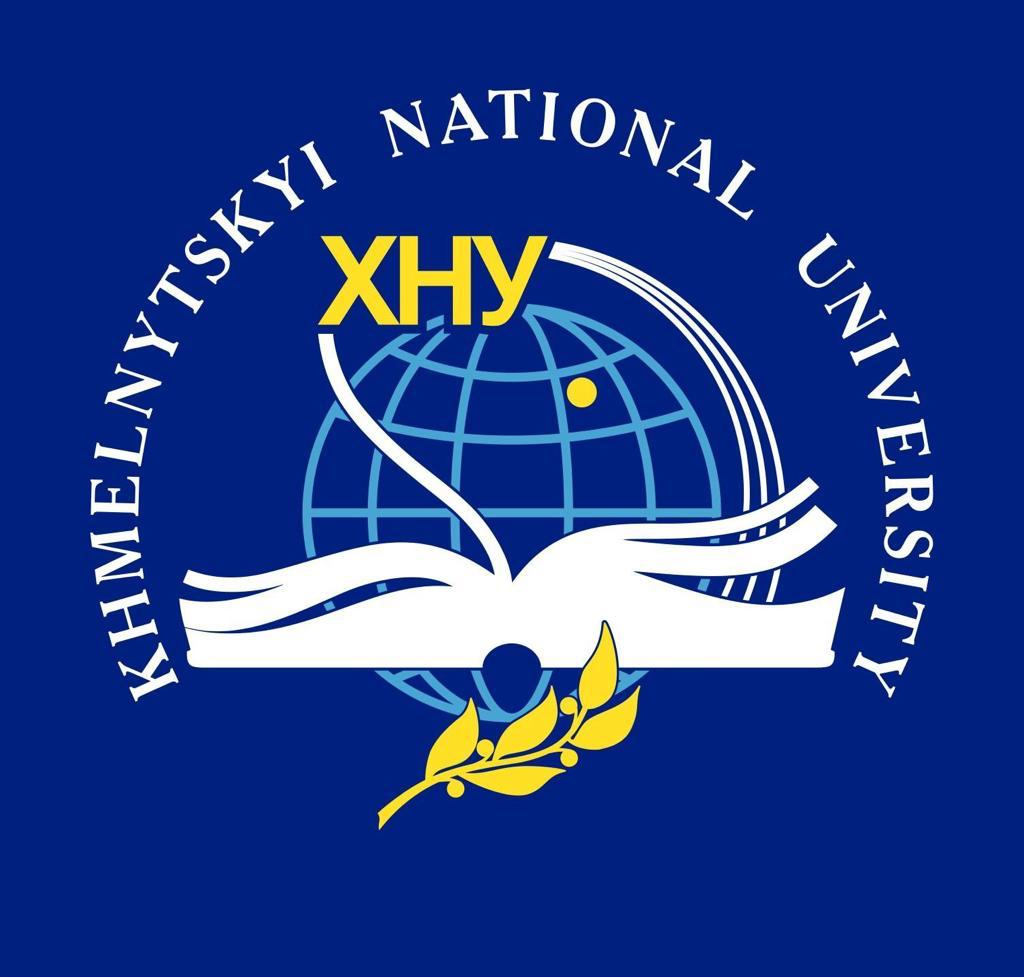COMPARATIVE ANALYSIS OF PHYSICAL FITNESS OF MILITARY PERSONNEL OF DIFFERENT AGE CATEGORIES
DOI:
https://doi.org/10.31891/pcs.2025.1(1).28Keywords:
military personnel, physical qualities, basic general military training, level of physical fitnessAbstract
This article presents the results of a scientific study aimed at a comparative analysis of the impact of age on the level of physical fitness of military personnel undergoing basic general military training. The data representativeness for a comparative analysis between different age groups was ensured by a sample of 273 men aged 25 to 49 years. The homogeneity of the sample regarding the level of initial physical training was ensured by involving military personnel who were at the initial stage of military service. Non-parametric methods of mathematical statistics, namely the median test and the Kruskal-Wallis test, were used to ensure the reliability of the statistical results obtained.
The analysis of the results of the test exercises, carried out using non-parametric methods of statistical analysis, did not reveal statistically significant differences between neighboring age groups in the indicators of strength, endurance, speed, and agility (χ² = 34.13 - 4.36, p > 0.05). However, the analysis of the distribution of physical fitness levels showed that with age, there is a gradual decrease in the percentage of military personnel with a high level of physical fitness, from 82.4% in the 25-29 age group to 42.6% in the 45-49 age group. At the same time, the percentage of military personnel with a low level of physical fitness increases from 8.8% to 40.7% in the corresponding age groups.
The results of the study emphasize the relevance of the topic and the need to develop differentiated physical training programs adapted to the age characteristics of military personnel. The data obtained can be used to optimize the process of basic general military training in order to increase the level of physical readiness of military personnel of different age categories. Further research may be aimed at studying the impact of other factors, such as the specifics of military specialization and individual characteristics, on the physical fitness of military personnel.
These findings highlight the critical importance of age-adapted training protocols in sustaining optimal physical readiness across diverse military cohorts. This study establishes a foundation for future research aimed at elucidating the multifaceted factors that influence physical performance within military populations.
References
Kuznetsova, L. I., Dolzhenko, L. P., Stadnyk, O. O., & Perehinets, M. M. (2023). Analysis of the psychophysical state of military personnel under the influence of special exercises. Scientific Journal of the Ukrainian State University named after Mykhailo Drahomanov. Series 15, 3(161), 103–108. https://doi.org/10.31392/NPU-nc.series15.2023.03(161).24
Borodin, Y. A., Krasota, V. M., Olkhovyi, O. M., & Piddubnyi, O. H. (2006). Influence of adverse factors of military-professional activity on the physical condition of officers – specialists of the operator profile. In: Yermakov, S. S. (Ed.), Pedagogy, Psychology, and Medical-Biological Problems of Physical Education and Sports: Collection of Scientific Papers, 6, 10–12.
Vorontsov, O., Romanchuk, S., Roliuk, O., & Yavorskyi, A. (2017). Physical exertion of military personnel in modern combat. Ukrainian Journal of Medicine, Biology and Sports, Mykolaiv: Petro Mohyla Black Sea National University, 6(90), 47–52.
Kyrpenko, V., Romanchuk, V., Romanchuk, S., & Fedak, S. (2015). Special physical training as a means of increasing the effectiveness of professional activities of Land Forces military personnel. Physical Activity, Health and Sport, 4(22), 12–18.
Petrachkоv, O., & Yarmak, O. (2023). Features of the physical fitness of operational-level officers of the Armed Forces of Ukraine. Theory and Methods of Physical Education and Sports, 3, 49–55. https://doi.org/10.32652/tmfvs.2023.3.49-55
Kuryshko, Y. (2022). Analysis of the experience of implementing military-applied exercises in the armies of leading NATO member countries. Scientific Journal of the Ukrainian State University named after Mykhailo Drahomanov. Series 15, 9(154), 50–54. https://doi.org/10.31392/NPU-nc.series15.2022.9(154).12
Oderov, A. M., Klymovych, V. B., Pidleteichuk, R. V., Dobrovolskyi, V. B., & Korchahin, M. V. (2020). Features of the organization and content of physical training systems in the armed forces of NATO member states and Ukraine. Ukrainian Journal of Medicine, Biology and Sports, 5(2), 24.
Herrador-Colmenero, M., Fernández-Vicente, G., & Ruiz, J. R. (2014). Assessment of physical fitness in military and security forces: A systematic review. European Journal of Human Movement, 32, 3–28.
Smith, C., Doma, K., Heilbronn, B., & Leicht, A. (2022). Effect of exercise training programs on physical fitness domains in military personnel: A systematic review and meta-analysis. Military Medicine, 187(9-10), 1065–1073. https://doi.org/10.1093/milmed/usac040
Tomczak, A. (2024). Physical fitness tests in the army—Legitimate diversity or randomness? Military Medicine, 189(11-12), 309–312. https://doi.org/10.1093/milmed/usad504
Petrachkov, O., & Yarmak, O. (2023). The impact of physical exertion on the functional state indicators of the cardiorespiratory system in operational-level officers. Theory and Methods of Physical Education and Sports, 4, 53–59. https://doi.org/10.32652/tmfvs.2023.4.53-59
Downloads
Published
How to Cite
Issue
Section
License
Copyright (c) 2025 Олена ЯРМАК , Сергій ЖЕМБРОВСЬКИЙ , Віталій ВЕРЗИЛОВ

This work is licensed under a Creative Commons Attribution 4.0 International License.





